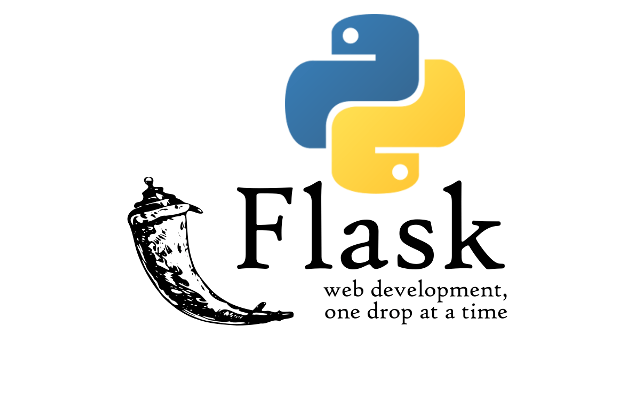Part 1: Introduction to Flask: A Beginner's Guide
- Revanth Reddy Tondapu
- Aug 21, 2024
- 3 min read

Hello everyone! Today, we're going to dive into the world of Flask, a powerful tool for building websites and web applications using Python. Whether you're interested in creating a simple website or a complex machine learning application, Flask can help you get there. Let's explore what Flask is all about and how it works!
What is Flask?
Flask is a web application framework written in Python. This means it's a set of tools and libraries that help you build web applications more easily. If you're familiar with Python, you'll find Flask to be a friendly companion in your coding journey.
Why Use Flask?
Simple and Lightweight: Flask is known for being easy to use and doesn't require a lot of setup to get started.
Flexible: You can use Flask to build anything from a small website to a large web application.
Python-Powered: Since it's built with Python, you can integrate it with other Python tools and libraries.
Key Concepts in Flask
Before we start building with Flask, let's understand two important concepts: WSGI and Jinja2.
WSGI: The Web Server Gateway Interface
WSGI stands for Web Server Gateway Interface. It's a standard way for web servers to communicate with web applications. Think of it as a bridge that helps your web application talk to the server where it's hosted.
WSGI Diagram Description:
Title: "WSGI: Web Server Gateway Interface"
Content:
A simple diagram showing a web server on one side and a web application on the other.
An arrow labeled "WSGI" connecting the server to the application, indicating communication.
Icons representing user requests coming into the server and responses going back to users.
Jinja2: The Template Engine
Jinja2 is a template engine used in Flask to create dynamic web pages. It allows you to combine a web template with data to produce a final web page that users see.
Jinja2 Diagram Description:
Title: "Jinja2: Template Engine"
Content:
A web template icon on one side and a data source icon (like a database or a file) on the other.
An arrow labeled "Jinja2" showing the combination of the template and data source.
The result is a dynamic web page icon, illustrating how data is integrated into the template to create a final page.
Building Your First Flask App
Now that we understand the basics, let's create a simple Flask app. Here's a step-by-step guide:
Step 1: Install Flask
First, you need to install Flask on your computer. You can do this using a package manager like pip.
pip install flaskStep 2: Create a Flask App
Open your code editor and create a new file called app.py. Write the following code:
from flask import Flask
app = Flask(__name__)
@app.route('/')
def home():
return "Hello, World!"
if __name__ == '__main__':
app.run(debug=True)Step 3: Run Your App
In your terminal, navigate to the folder where app.py is located and run the following command:
python app.pyStep 4: Visit Your App
Open your web browser and go to http://127.0.0.1:5000/. You should see "Hello, World!" displayed on the page.
Conclusion
Congratulations! You've just created your first Flask app. In this introduction, we've covered what Flask is, how WSGI and Jinja2 work, and how to set up a basic Flask application. As you continue to explore Flask, you'll discover more features and capabilities that make it a powerful tool for web development.
Stay tuned for more tutorials where we'll dive deeper into building web applications with Flask. Happy coding!
Comments